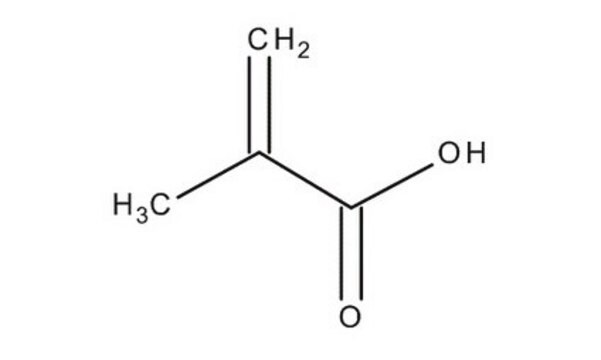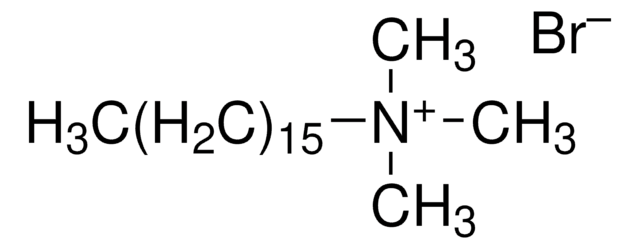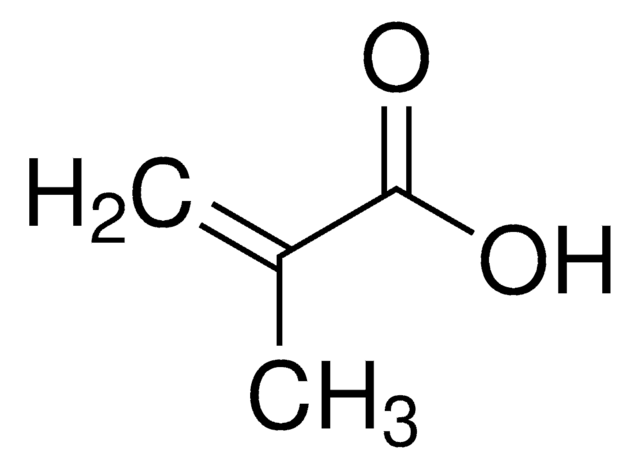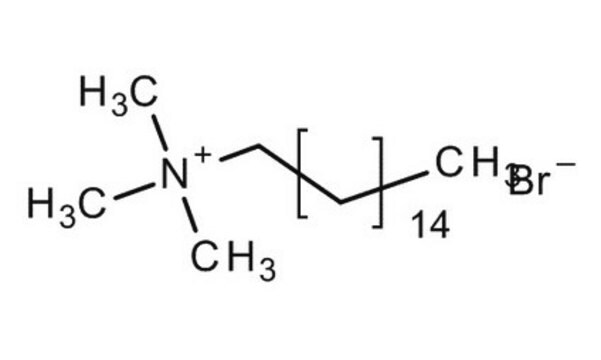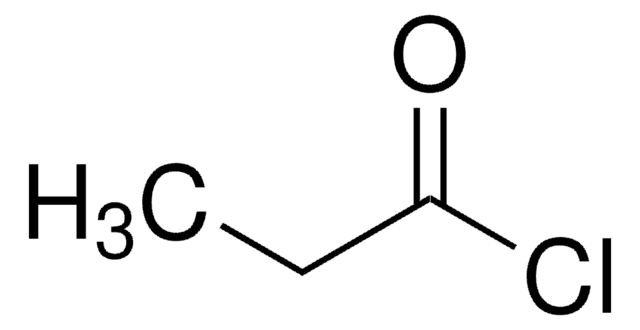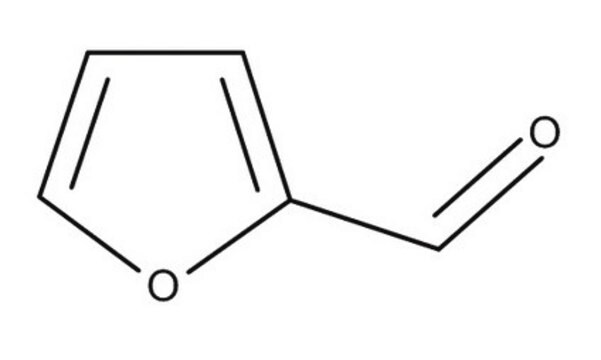8.07500
n-Amyl alcohol
for synthesis
Synonym(s):
n-Amyl alcohol, 1-Pentanol, Pentyl alcohol
About This Item
Recommended Products
vapor pressure
2.04 hPa ( 20 °C)
Quality Level
Assay
≥98% (GC)
form
liquid
autoignition temp.
300 °C (DIN 51794)
potency
3670 mg/kg LD50, oral (Rat)
2306 mg/kg LD50, skin (Rabbit)
expl. lim.
1.6 % (v/v)
pH
7 (20 °C, 22 g/L)
bp
138 °C/1013 hPa
mp
-78 °C
transition temp
flash point 47 °C
solubility
22 g/L
density
0.815 g/cm3 at 20 °C
storage temp.
no temp limit
InChI
1S/C5H12O/c1-2-3-4-5-6/h6H,2-5H2,1H3
InChI key
AMQJEAYHLZJPGS-UHFFFAOYSA-N
Application
- A Compact and Smooth CH₃NH₃PbI₃ Film: Investigation of Solvent Sorts and Concentrations of CH₃NH₃I towards Highly Efficient Perovskite Solar Cells.: This article investigates the role of various solvents, including n-amyl alcohol, in producing highly efficient perovskite solar cells, contributing to advancements in solar energy technology (Chen et al., 2018).
- A novel mechanism for red emission carbon dots: hydrogen bond dominated molecular states emission.: The study identifies the use of n-amyl alcohol in synthesizing red-emission carbon dots, elucidating a new mechanism dominated by hydrogen bonding and its potential applications in bioimaging and optoelectronics (Zhang et al., 2017).
Analysis Note
Density (d 20 °C/ 4 °C): 0.814 - 0.815
Water (K. F.): ≤ 0.30 %
Identity (IR): passes test
Signal Word
Danger
Hazard Statements
Precautionary Statements
Hazard Classifications
Acute Tox. 4 Inhalation - Eye Dam. 1 - Flam. Liq. 3 - Skin Irrit. 2 - STOT SE 3
Target Organs
Respiratory system
Storage Class Code
3 - Flammable liquids
WGK
WGK 1
Flash Point(F)
120.2 °F - closed cup
Flash Point(C)
49 °C - closed cup
Certificates of Analysis (COA)
Search for Certificates of Analysis (COA) by entering the products Lot/Batch Number. Lot and Batch Numbers can be found on a product’s label following the words ‘Lot’ or ‘Batch’.
Already Own This Product?
Find documentation for the products that you have recently purchased in the Document Library.
Customers Also Viewed
Our team of scientists has experience in all areas of research including Life Science, Material Science, Chemical Synthesis, Chromatography, Analytical and many others.
Contact Technical Service
